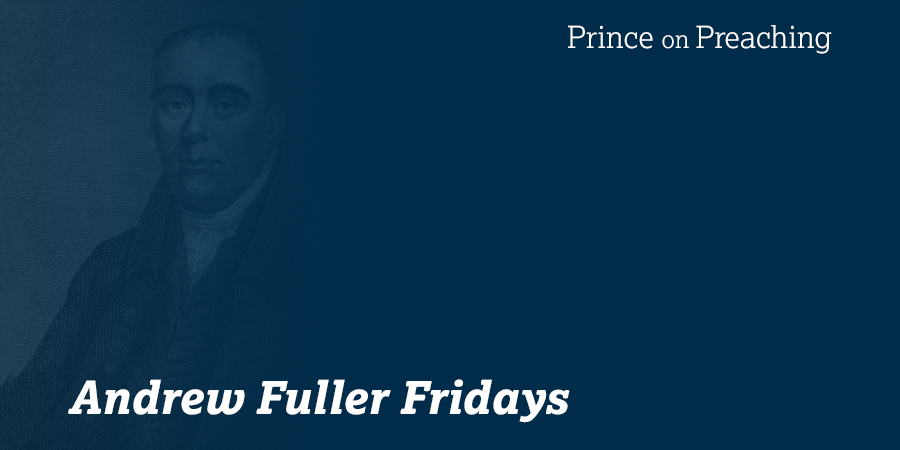Roberts, Vaughan. Transgender. Epson, Surrey, U.K.: The Good Book Company, 2016.
Introduction
I was a junior in high school the first time I met someone that could be described as transgender. The young person attended my high school only briefly. I don’t think anyone was equipped to know how to respond to this new reality. Twenty-two years later, it is virtually impossible for anyone to be as naïve as I was that day in the high school courtyard. The issue of transgenderism is at the forefront of much political, ethical, and cultural debate. From bathroom policies to military service, society is attempting to understand the new reality of openly transgendered people. Sadly, many in the church are as ill-equipped to respond as I was in high school. As a result, a number of resources have been released to help the church think critically about the transgender issue. Transgender by Vaughan Roberts is an accessible example of one of those resources.
Summary
Transgender is a short book, but that does not mean it lacks necessary content. Roberts begins the book by offering some clarifying definitions for things such as gender dysphoria, gender labels, and the word transgender itself. He follows this opening chapter with a brief history of thought that has led to what he describes as the “iWorld.” According to Roberts, the iWorld is a world “in which everything revolves around the individual” (25). This individualistic focus has led to the elevation of personal autonomy as one of the highest values in western society. Because autonomy is so highly valued, people believe they are free to define themselves in any way they see fit.
Roberts then begins to look at this present reality in light of the biblical narrative of creation, fall, and rescue. He spends three chapters showing how understanding the biblical narrative offers the church the necessary truths for responding to transgenderism. He closes the book with a chapter that extends wisdom to those who encounter people suffering from gender dysphoria.
Critical Evaluation
For someone just wading into the transgender issue, this book is a helpful resource for getting his or her feet wet. Roberts achieves his goal to “give you an accessible introduction to many of the questions that surround the transgender issue” (9). Given the book’s brevity, Robert’s success in achieving his goal is that much more impressive. Someone with zero familiarity with the issue could read the book and be confident that he or she has a rudimentary, yet clear, grasp of the major categories surrounding the issue.
Further, Roberts’ tone throughout the work is seasoned with grace. From the beginning, he rightly critiques Christians who have approached the issue with an over-simplistic deontological approach of “Do this!” and “Don’t do that!” This approach, according to Roberts, often forgets we are dealing with persons bearing God’s image. Therefore, when engaging the issue, he reminds the church that it needs to guard against degrading the person, which means our response must be governed by God’s word.
Additionally, Roberts rightly points out that the transgender issue is a meta-issue. The church is not simply confronting people who behave differently from those who uphold an orthodox Christian ethic. Rather, the church is combating an alternative worldview. Those holding this contrary worldview reject objective truth in light of the ability to define truth as they see fit. Hence, the proper response from the church is to confront that lie with the truth that is revealed in Scripture. The truth of the biblical narrative of creation, fall, and rescue shows that the disorder present in the world was not part of God’s original creation. Sin ushered disorder into the world. As a result, everything is disordered, including individuals suffering from gender dysphoria. Yet, the Bible reveals that God offers rescue from all disorder through Jesus Christ. In making this connection, Roberts communicates that the gospel is the ultimate answer to the injudicious worldview of self-autonomy.
One last warning that Roberts offers is important. He cautions the church against dictating what manliness or womanliness should look like. He argues, “What you don’t find in the Bible are lots of rigid rules about what it means to be a man and what is means to be woman” (42-43). In other words, just because a young man doesn’t play sports or hunt doesn’t make him less manly according to biblical standards. However, when the church portrays things of this sort as the litmus test of gender affirmation, the church can cause further harm and confusion to persons already confused.
Conclusion
The church must speak with clarity on the transgender issue. It alone is uniquely equipped to shed truth on the disorder of the entire fallen world, including gender dysphoria. Transgender is a wonderful resource for helping believers rightly apply gospel truths to transgenderism and to a worldview that says “you define your own reality.” In Transgender, Roberts reminds the church that, no matter the depths of one’s sin, God’s grace is sufficient. This is equally true for those suffering from gender dysphoria.




